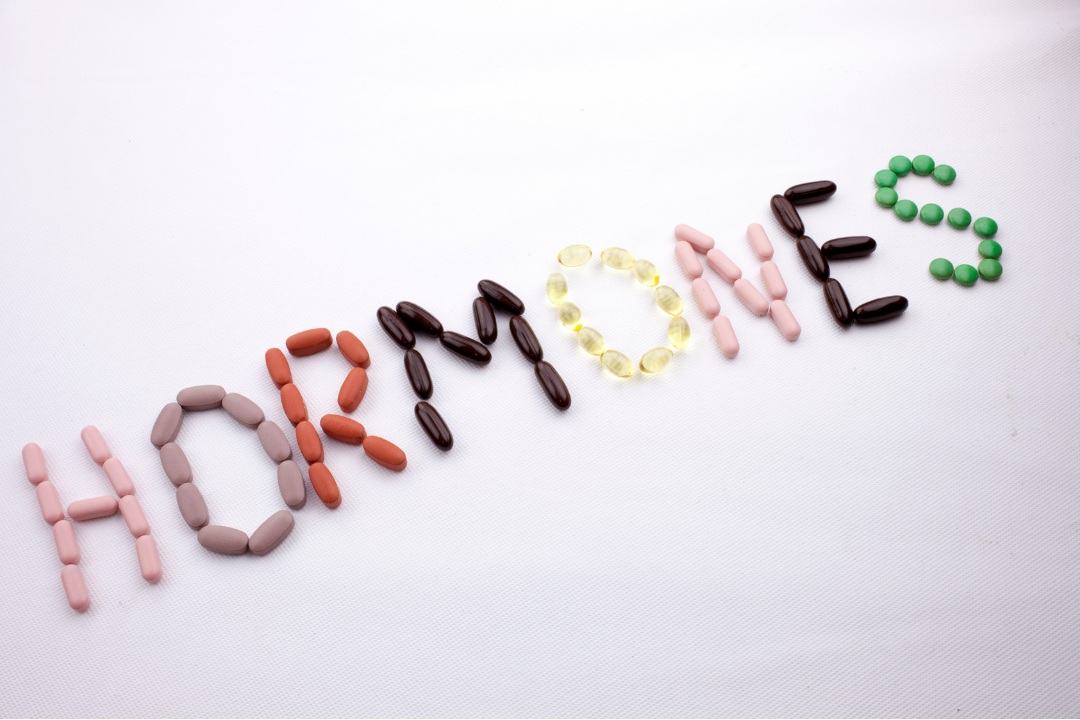Eating for hormonal health
Ensure adequate fat consumption, which is a precursor to our hormones. Good quality fats include avocados, nuts, seeds, and/or coconut, olive and hemp oils.
Lightly steamed or cooked green leafy/cruciferous veggies support detoxification and clearance of hormones, promoting oestrogen:progesterone balance. Aim for at least 1 cup per day. Increasing fibre also helps to eliminate oestrogen through the bowel.
Hormone progesterone is essential for balancing the effects of oestrogen, and supports healthy sleep, reduces anxiety and improves energy. Foods to boost progesterone include:
Selenium - sardines, Brazil nuts, grass fed beef and eggs.
Zinc - nuts and seeds (especially pumpkin seeds), organic grass fed meats and eggs.
Iodine - sardines, salmon, anchovies and seaweed
Vitamin D - sardines, deep sea fish and eggs.
Adequate carbohydrate intake. Insulin dysregulation plays an important role In conditions like Polycystic Ovarian Syndrome (PCOS). Refined carbohydrates like white rice, pasta, sugary foods like biscuits, cakes, etc spike insulin levels which can then increase androgen levels. Stabilising blood sugar levels by replacing these refined carbohydrates with wholegrain or vegetable varieties is therefore essential. On the flip side, inadequate carbohydrate intake (e.g. some keto diets) can lead to absent periods or hypothalamic amenorrhea. Balance is the key.
Magnesium and B6 work together to reduce feelings of PMS, by increasing serotonin and dopamine levels to improve low mood and anxiety, aiding in fluid retention and regulating prostaglandin synthesis. Sources of B6 include sweet potato, spinach/silverbeet, eggplant, banana, avocado, grass fed beef, turkey, chicken, kangaroo, tuna, salmon, white fish, pinto beans, chickpeas, tempeh, lentils, pistachios, and sesame seeds. Sources of magnesium include nuts and seeds, bananas, berries, spinach, and dark chocolate.

